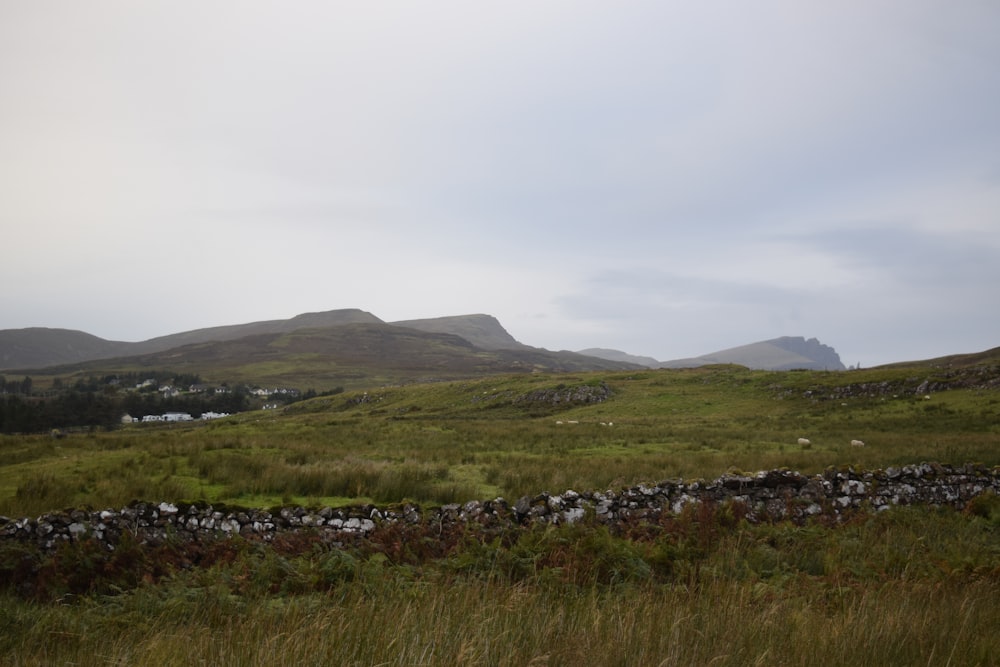Unveiling the Beauty of Nature’s Revival
In the realm of landscaping, there exists a hidden potential waiting to be unearthed amidst the remnants of nature: tree stumps. Often overlooked and considered as eyesores, these stumps possess a unique charm that, when embraced, can transform outdoor spaces into enchanting landscapes. Let’s embark on a journey to explore the magic of landscaping around tree stumps and discover the beauty of nature’s revival.
Embracing the Challenge: Transforming Stumps into Assets
At first glance, tree stumps may seem like obstacles to overcome in landscaping endeavors. However, with a shift in perspective, they can be viewed as opportunities for creativity and innovation. Instead of attempting to remove or conceal them, why not incorporate tree stumps into the landscape design? By embracing the challenge, landscapers can unleash their creativity and unlock the hidden potential of these natural features.
Creating Visual Interest: Designing Around Stump Structures
One of the key principles of landscaping around tree stumps is to create visual interest by designing around their structures. Rather than treating them as isolated elements, integrate tree stumps into the overall landscape design. Surround them with flowering plants, ornamental grasses, or ground cover to soften their appearance and blend them seamlessly into the natural surroundings. By incorporating layers of vegetation, landscapers can enhance the visual appeal of tree stumps and create dynamic focal points within the landscape.
Enhancing Biodiversity: Fostering New Growth
Tree stumps serve as valuable habitats for a variety of plant and animal species, contributing to biodiversity within the landscape. As they decompose over time, tree stumps provide nutrients to the soil and create microenvironments that support the growth of mosses, fungi, and other flora. By preserving tree stumps in landscaping projects, landscapers can foster new growth and enhance the ecological diversity of outdoor spaces. Additionally, the presence of tree stumps can attract wildlife such as insects, birds, and small mammals, further enriching the natural ecosystem.
Adding Functionality: Incorporating Stumps into Outdoor Features
In addition to their aesthetic appeal, tree stumps can also serve practical purposes in landscape design. Consider repurposing them as seating, tables, or decorative elements within outdoor spaces. By carving or hollowing out tree stumps, landscapers can create unique focal points that add functionality and character to patios, gardens, and pathways. Furthermore, integrating tree stumps into outdoor features such as fire pits or water features adds a rustic charm and enhances the overall ambiance of the landscape.
Preserving Memories: Honoring the Legacy of Trees
Tree stumps are not just remnants of the past; they also serve as reminders of the trees that once graced the landscape. By preserving tree stumps in landscaping projects, landscapers can honor the legacy of these majestic trees and pay homage to their contributions to the environment. Whether it’s a towering oak or a graceful maple, each tree has a story to tell, and preserving its stump allows that story to live on in the landscape for generations to come.
Conclusion
In the world of landscaping, tree stumps are more than just obstacles to be removed; they are opportunities for creativity, biodiversity, and preservation. By embracing the magic of nature’s revival and incorporating tree stumps into landscape design, landscapers can unlock the hidden beauty of these natural features and create enchanting outdoor spaces that captivate the senses and inspire the soul. Read more about landscaping around tree stumps




